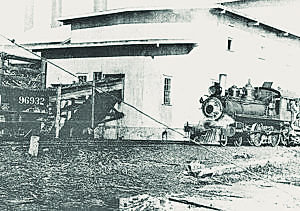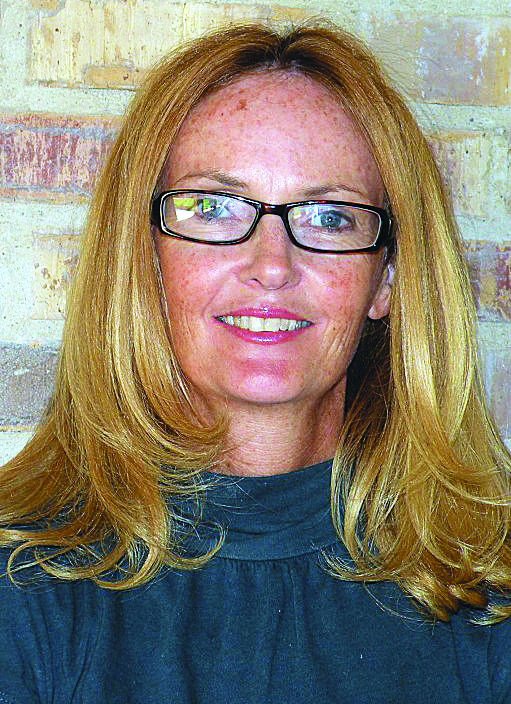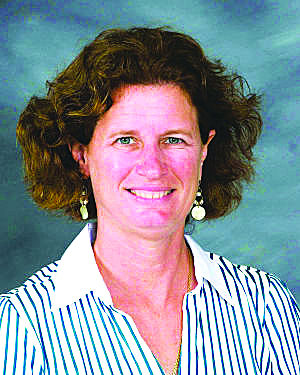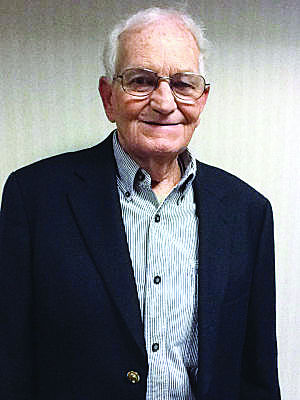“Keep close to nature’s heart…and break clear away, once in a while, and climb a mountain, or spend a week in the woods. Wash your spirit clean.”
John Muir, Naturalist and National Parks founder, 1838-1914
Once again we are entering Spring time, awaiting the bounties of beauty that nature has to offer as the trees and other flora and fauna awake from their winters sleep. In the early morning, as I sit on my porch, I commune with nature; sitting there in quiet solitude with my morning cup of coffee, I enjoy the cool wind against my face, the scurry of a few cottontail rabbits and squirrels, the birds flying hither and yon, the pleasure of the trees and shrubbery surrounding our house, and the many variety of ducks on our lake. It is so wonderful to be with nature.
There have been many books, scholarly articles, and other writings concerning human’s relationship to nature.
We know from archaeological record, such as cave and shelter paintings from around the world, that early man had a very all-consuming connection to nature and the forces of nature; a connection that has continued throughout man’s existence on this planet.
But what is it in the human psyche that causes one to be continuously drawn to nature?
The answers mostly can be found in neurochemicals in the brain called Endorphins.
There are approximately 20 different types of endorphins in our neurochemistry. They are to be found in the pituitary gland, parts of the brain, and throughout the nervous system. Endorphins are naturally occurring chemical opioids, which have the primary purpose of alleviating pain and giving pleasure.
We have all heard of the “runner’s high,” and example of the way one feels with the exhilaration of running; yet few realize that it is endorphins that are responsible for our pleasure in eating that ice cream cone, winning at a game, being with a loved one; and yes, even enjoying the most pleasurable feelings of being marveled at the wonders of nature.
The release of endorphins occurs after our brain receives signals from one or more of our 5 senses; taste, smell, touch, sight, and hearing. What we see, hear, touch, taste, or smell is transmitted from the appropriate organ (the eye, ear, etc.) to the part of the brain which will interpret what the sense tells it; and give us an interpretation of the event…endorphins are released to give us either pleasure and, if the event is painful; help us alleviate the pain.
In having an experience in nature, enveloping our senses with our environment, most (if not all) our senses become active and release a lot of endorphins throughout our system; we find that we are at one with nature we enjoy the pleasure that it brings. That is why it really is impossible for one to separate ourselves from nature (that’s why it is called “NATURal” after all), yet people work at doing that every day; and with our urbanization and ever increasing technology immersion many are separating from nature more and more.
This separation from nature and the events in nature cause devastating blows to our physical, mental, social, and spiritual health; which makes up the totality of our wholistic self.
Scientific studies, and our own experience, has proven over and over that being in nature; whether it be walking, biking, canoeing, or just sitting and enjoying the view; has alleviated depression and anxiety, and assisted in decreasing the symptoms of many physical health problems as well (bringing down high blood pressure as but one example). Being in nature has a most positive impact on maintaining the bodies overall emotional and physical homeostasis (balance)…it just makes us feel good.
This has been a continuous subject of our species since time in memorable; the subject of famous artistic paintings, novels, movies, songs, etc. Who among you cannot look at a pastoral painting by Monet and not feel warm and pleasurable inside? Or feel the pleasure of that certain song or music that elicits feelings connected to nature? Or witness the awe inspiring beauty of the Grand Canyon or mountains and forests of the Northwest and not be moved by the majesty of it all?
Yes, we all have a connectedness to nature. But yet, we are denying more and more of that every day to ourselves and most of all, to our youth; as the hustle and bustle of urban life and the technology of modern life take over our lives more and more.
I have been most fortunate to have the opportunity of living in and visiting natural wonders all over this earth, but none have been more beautiful and fulfilling than visiting most of the National Parks within our Country, or the State Parks within our own great State of Texas. The Grand Canyon, the Rocky Mountains, Yellowstone, the Redwood National Forest, Big Bend, Yosemite…and many more.
These parks, which my wife and I have visited often, have been most awe inspiring, and have always given me a sense of serenity and pleasure…more so than any mind altering chemical could ever provide. Did you know that we have literally hundreds of State Parks scattered across our Great State of Texas? But we need not even go beyond our beautiful Rio Grande Valley to see the wonders that nature provides. We not only have Padre Island but the Valley is also home to Palo Alto Battlefield National Historic Site, Santa Ana National Refuge, Atascosa National Refuge, Bentson-Rio Grande State Park, Estero Llano Grande, Resaca De La Palma; and other nature areas and local parks all beautiful in their own right.
When was the last time you parents, along with your children went walking, hiking, or camping in the great outdoors? Are you able to take a summer vacation together? Soon, as we head into Spring and Summer time once again, the great outdoor adventure will be beckoning; and it will be a most favorable time to release those endorphins in a healthy manner.
There are a myriad of benefits of communing with the great outdoors. Interacting with nature boosts energy and happiness levels, boosts creativity, takes away stress, provides a better connection to the world around you, can increase one’s self-esteem, and improve mental clarity and performance. I would that all of you out there can enjoy the benefits that nature has on our mental health…to leave the technology and urbanization behind, and get out there; enjoy nature and feed your mental health because life is fleeting and the journey is long.
Please excuse me now as I return to my porch to continue my commune with nature and get those endorphins flowing. Until next time, stay healthy my friends.













